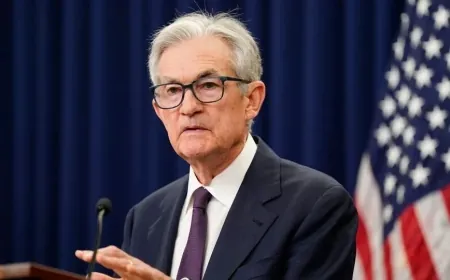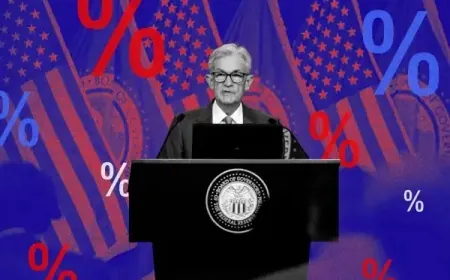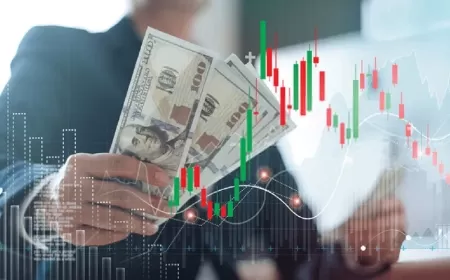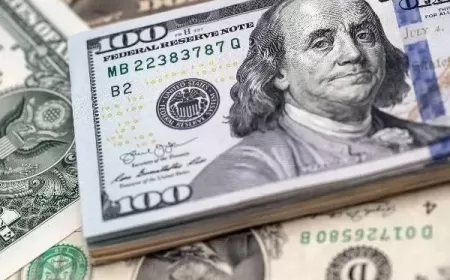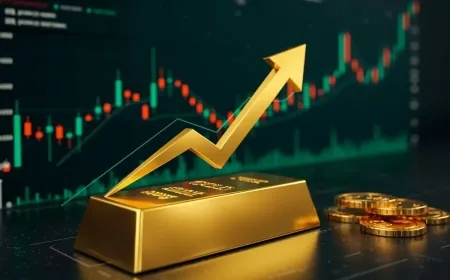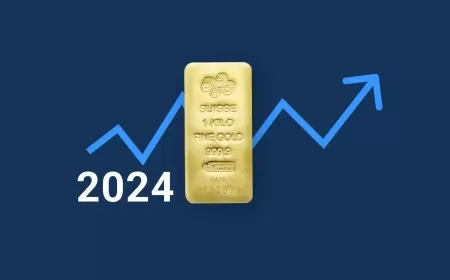Gold Prices Reach Record Highs as Trade Tensions Continue in April 2025
Gold prices climb to near-record levels in April 2025 as trade tensions and tariffs affect global markets. Learn what’s impacting gold prices this month.
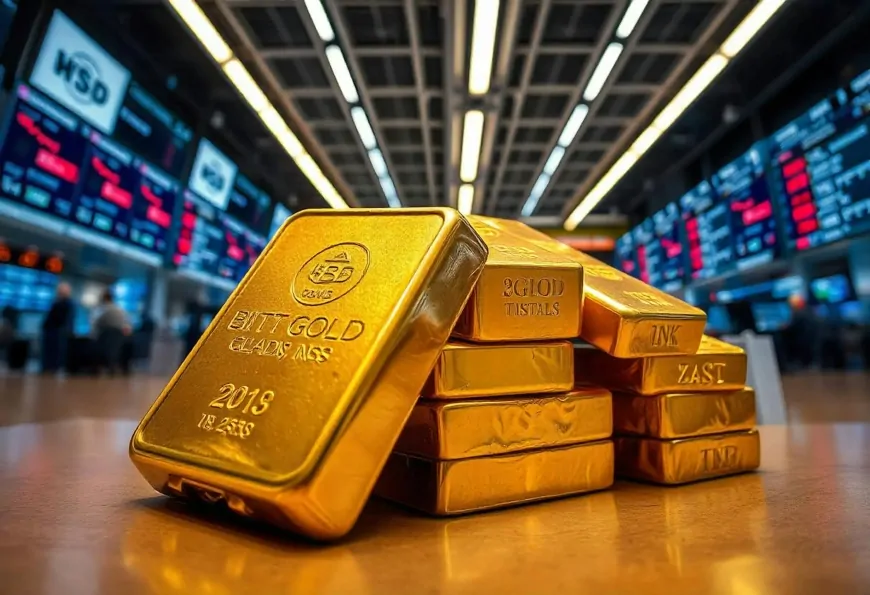
Gold prices are holding steady near their highest levels, with futures opening at $3,226.10 per ounce on Tuesday, slightly higher than Monday’s close of $3,204.80. This surge is largely driven by concerns surrounding trade tensions between the U.S. and China, as tariffs continue to impact the global economy. Although there was a small move to temporarily ease some tariffs on electronics, broader tariff measures remain in place, leaving many investors uneasy.
Amid this uncertainty, gold continues to be seen as a safe-haven asset. As stock markets remain volatile, investors are looking for ways to protect their wealth from economic shifts, with gold proving to be a reliable option in uncertain times.
Gold’s Continued Growth Reflects Investor Confidence in Stability
Over the past month, gold prices have risen nearly 8%, moving from $2,994.40 on March 14 to $3,226.10 on Tuesday. This is part of a longer-term trend, as gold has gained 37% over the last year, increasing from $2,362.10 on April 15, 2024.
The ongoing increase in gold’s value highlights its appeal as a stable asset during periods of economic volatility. While other markets have fluctuated, gold has provided consistent growth, making it an attractive option for those seeking to minimize risk. With ongoing uncertainty in the global economy, gold has proven itself to be a strong investment.
Physical Gold: A Reliable Option with Practical Considerations
For those looking to hold gold in its physical form, the appeal is clear. Unlike stocks or bonds, physical gold offers security without being tied to the fluctuations of the financial market. It’s a tangible asset that doesn’t rely on banks or financial systems, which is why many investors turn to it during uncertain times.
However, owning physical gold also comes with its own set of challenges. The main issue is security—whether stored at home or in a depository, gold must be protected from theft. There are also practical concerns with selling physical gold. Unlike stocks, which can be quickly bought or sold online, selling physical gold requires finding a buyer, and it often comes with additional costs like a markup of 5% or more.
For those willing to manage these challenges, physical gold can be a valuable part of an investment strategy, offering stability and a sense of security.
Gold’s Cyclical Nature: Why It Can Be a Long-Term Investment
Gold has historically gone through periods of significant price increases followed by slower, more stagnant phases. After a surge in the aftermath of the 2008 financial crisis, gold prices didn’t reach new highs for almost a decade. This cyclical pattern means that, while gold can provide strong returns, its performance isn’t always steady.
For investors, this means that gold should be viewed as part of a diversified portfolio, helping to balance risk during times when other investments might not perform as well. While gold’s value has surged recently, it’s important to remember that it may experience slower growth during periods of market stability or when other assets are outperforming.
Gold’s Role in Today’s Market: A Safe Haven in Uncertain Times
In today’s market, with trade tensions, inflation concerns, and geopolitical risks affecting global economies, gold remains one of the most reliable ways to protect wealth. While stocks and bonds are exposed to market fluctuations, gold’s price is more stable, offering a sense of security for investors looking to shield their portfolios from risk.
Whether held physically or through financial products like gold ETFs, the metal is playing an increasingly important role in many portfolios. As trade and economic uncertainty continue to influence markets, gold is likely to remain a key asset for those focused on long-term stability and wealth preservation.
Also Read: Gold Prices Reach Record High, Set for Strongest Quarter in Decades



